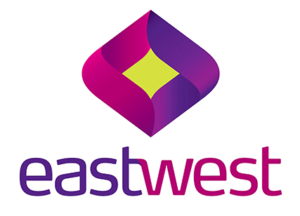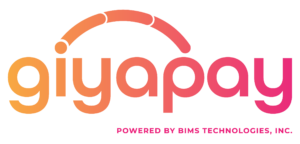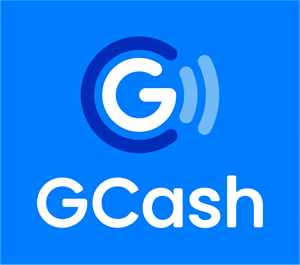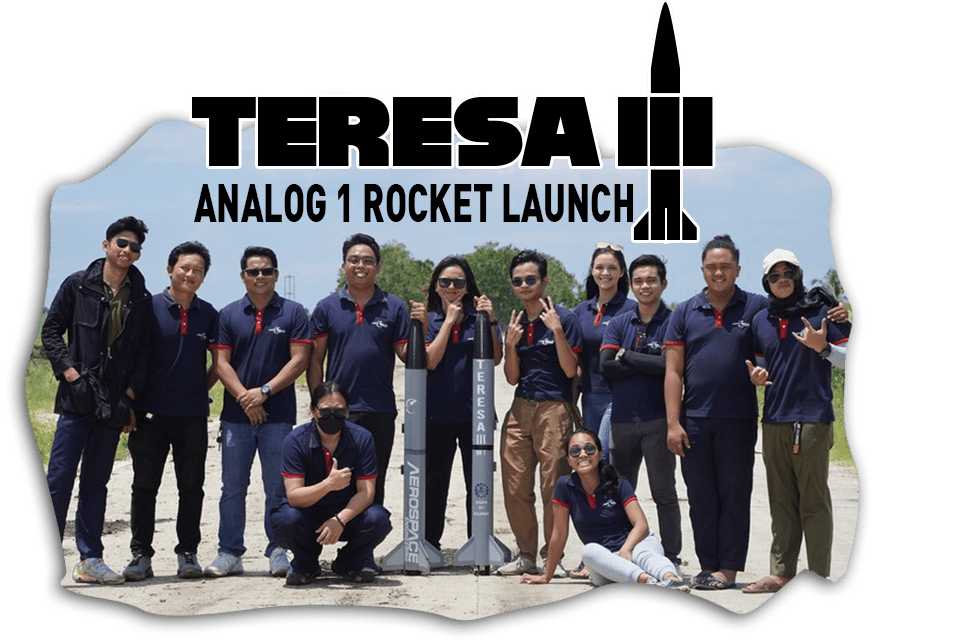


IAU believes that a beginning student’s basic knowledge and skills are critically formed at an early stage in training that would eventually lead to a future pilot who is competent, disciplined and safety-oriented.
The Private Pilot License (PPL) Program is your first step in fulfilling your dream towards becoming a pilot. This is where all the basic lessons regarding the science and art of flying are taught both on the ground and on flight. As per Philippine Civil Air Regulations (PCAR), students are required to pass all ground school subjects and earn a minimum of 45 flight hours to make him eligible to take the Private Pilot Examinations.
If recreational flying on fair weather days is what you want, or to enjoy the freedom of flying with family or friends then this course is for you.
The Commercial Pilot License (CPL) course is the course you should take if you want to level up from being a PPL holder towards making flying a career. After building knowledge and experience as a Private Pilot, this course now will shift to higher gears as the ground and flight lessons will prepare a pilot for more complex aircraft systems and high performance aircraft.
As per Philippine Civil Air Regulations, a student will be eligible to take the CPL exams after passing all the required ground subjects and logging a total time of 170 total flight hours (including the flight hours garnered as a PPL).
Sample Text
Flying is often synonymous to freedom but sometimes weather will limit this freedom. An Instrument Rating (IR) course is a designed to teach and equip a student the fundamentals of flying an aircraft by reference solely to instruments and not to visual references thereby allowing him to fly in more weather conditions that would normally put a non-instrument rated pilot on the ground.
In addition, taking this additional rating will give you more peace of mind knowing that if weather unexpectedly turns bad in flight, you have the knowledge and skill to fly and make judgments safely.
Ground training incorporates 20 hours in an approved synthetic flight training device coupled with 20 hours of actual flight transition.













Hi, i would like to know the tuition of commercial pilot for first year and also if there is a scholarship offered by IAU. The dormitory, is it included in the tuition paid or separate?
Hi, i would also like to know the enrollment date, start of class of IAU for commercial pilot.